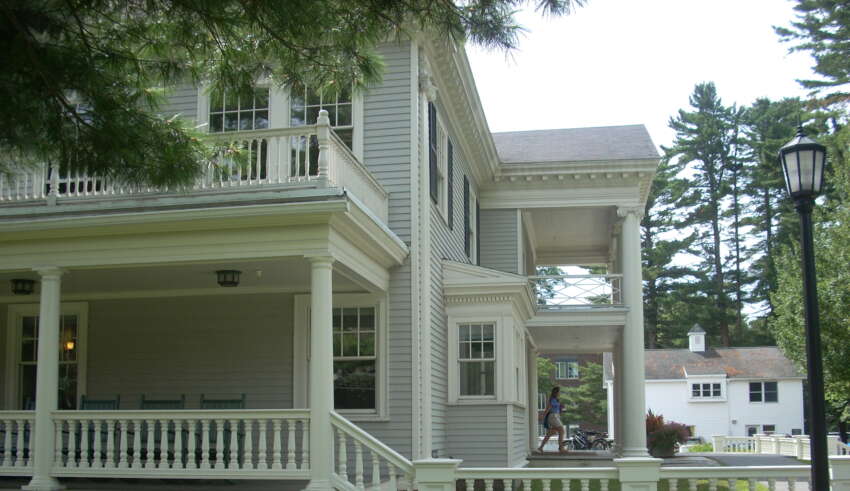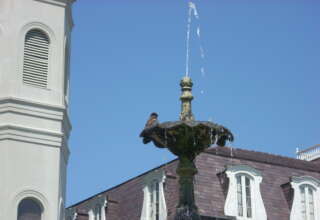
I take a step backward in time as I seek answers to these challenging questions. I return to the New England and American West of the past two centuries and apply de Tocqueville’s criteria to the conditions existing when the Mill Girls and Harvey Girls resided in these two regions of North America. Along the way, I can move forward to our present mid-21st-century conditions. As I have already mentioned, history and sociology are required for us to gain some understanding of community-based collective worth. We paint a broad landscape of the culture that existed when the Mill Girls and Harvey Girls were living and working in New England and the American West. These landscape renderings will benefit us as we consider the landscape existing in our current American communities.
Culture of New England
In many ways, the culture of New England is conveyed by the name itself. The founding culture was transported from England to the Northeastern region of the North American continent. Of course, a strong culture existed among the inhabitants of this region of North America long before the English migration. The indigenous tribes had their own traditions, codes of conduct, and oral histories; however, the English brought with them Daniel Boorstin’s (1974) “Colonist” perspective (which I introduced in the first essay in this series). They simply imposed their own culture and order on the land and people they encountered when arriving on the North American shores. While disease and execution brought about a massive reduction in the number of Native Americans living in New England, the imposition of English culture on this region of the continent left little of the traditions, codes of conduct, or oral history of these “first nations” of North America.
What then was the English culture imposed on the New England region of North America? We would suggest that five major features of New England culture have endured in America to the present day. Each of these impacts on the life and labor of the Mill girls. These five elements are: (1) religion, (2) social class, (3) industrialization, (4) education and the arts, and (5) community.
Religion
While New England is now the most secular region in the United States, its founding by the Puritans and the subsequent immigration of many other people with strong religious beliefs set the stage for the colonization of this region. It is important to acknowledge that the Puritans and many of the other early immigrants were escaping from repression and even violence in England precisely because of their religious beliefs.
They were not discriminated against because of the color of their skin, their language, or their cultural heritage. It was their religious beliefs and practices that forced them to escape to America. Ironically, of course, they in turn discriminated against nonbelievers and those of differing beliefs once they had come to dominate the world they had invaded. The religious beliefs of the Puritans and other New Englanders who were like-minded translated into a focus on orderliness. This focus came, in turn, from John Calvin, the godfather of most Protestant faiths.
An often-obsessive orderliness was first imposed by Calvin on his hometown, Geneva, Switzerland. Calvin often equated the God-ordered universe and human society to a well-designed clock. Everything has a purpose and a plan that is ultimately in God’s hands. Some people are predestined for a life of well-being and wealth (such as those owning the New England mills). They are granted Personal Worth. Others are pre-destined for a life of toil and servitude (such as the women working in the Mills). Personal Worth eludes these suffering servants of God.







